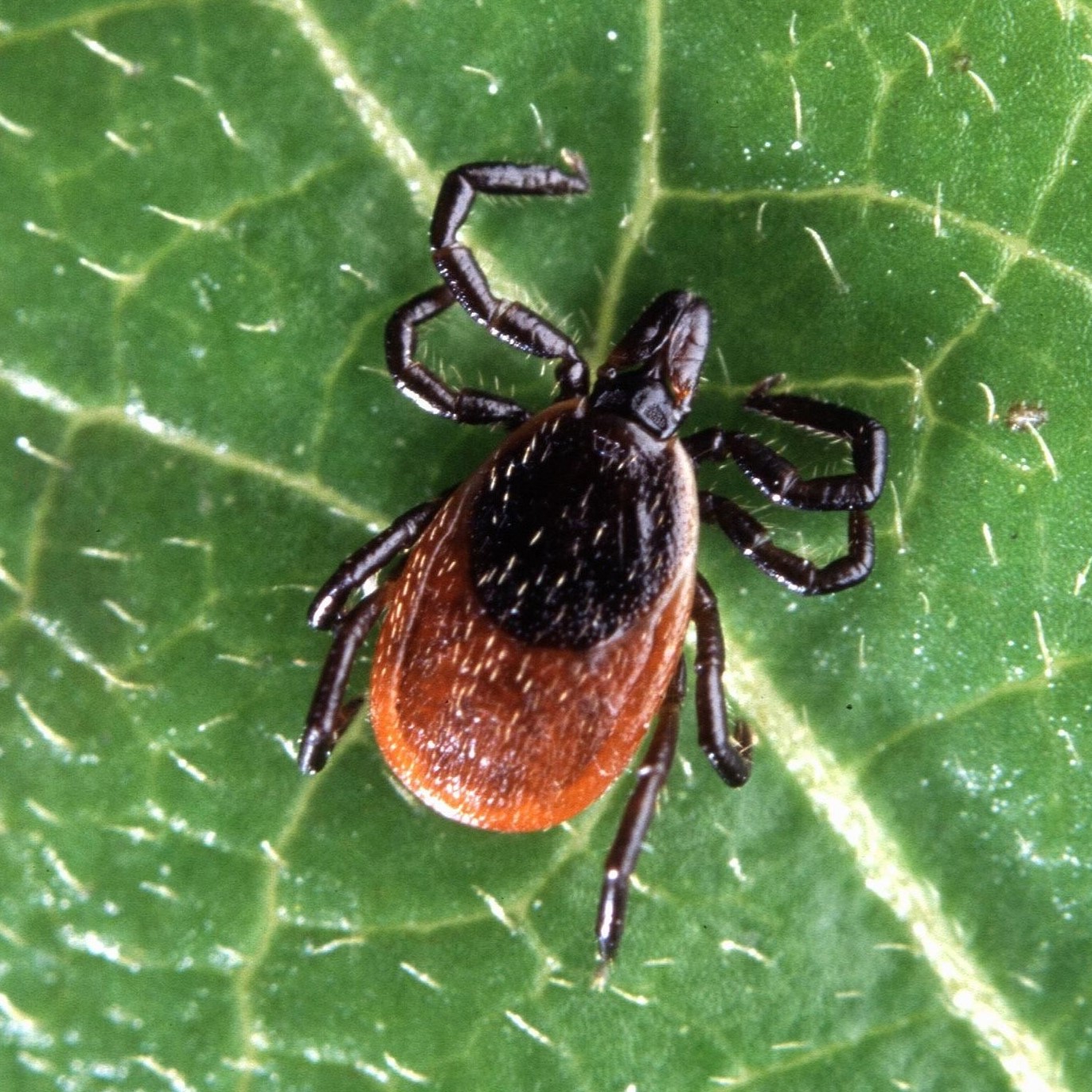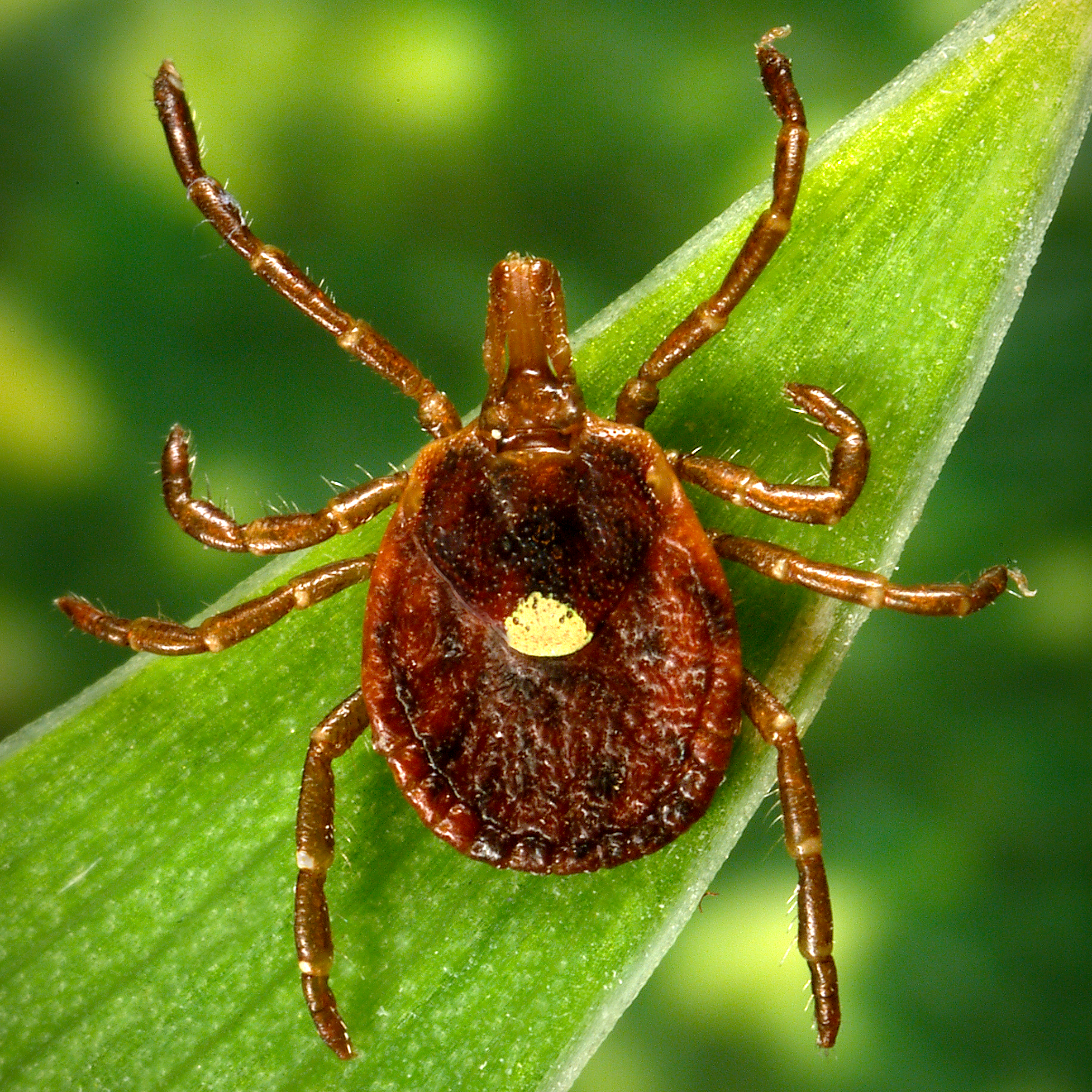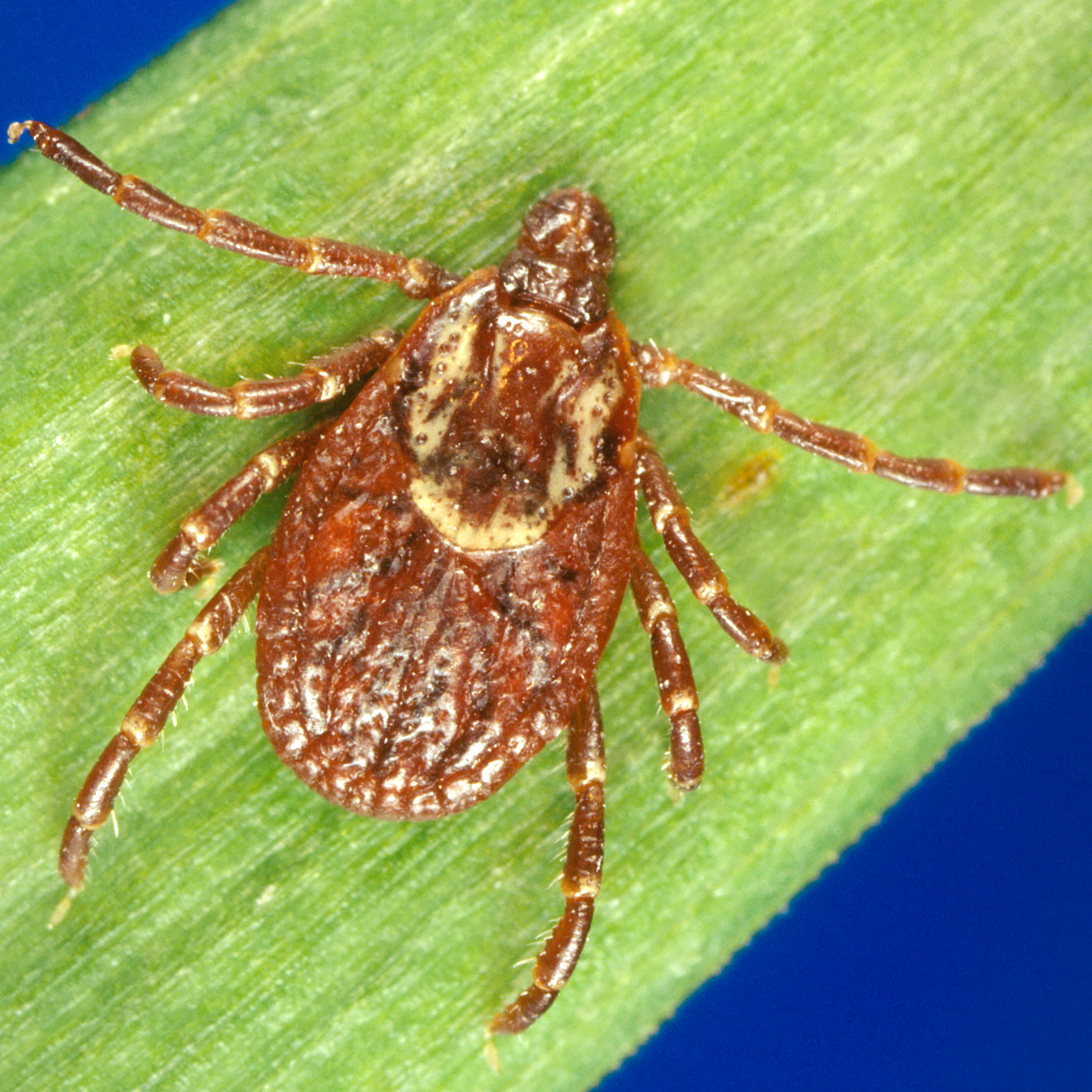
Other Languages: Español
Ticks
Ticks are most active in spring, summer and fall. They can be found in cooler areas where trees, brush, leaf litter and tall grasses provide cover and shade from the sun. Ticks avoid heat and direct sunlight. Ticks feed on blood and will wait for a person or animal to walk by to grab onto. They will then crawl onto the person or animal and search for a suitable spot on the body to attach and feed.
Most NYC residents diagnosed with a tick-borne disease are infected when visiting grassy, wooded areas in upstate New York, Long Island, and surrounding states. However, several types of ticks have been found in New York City. Some of them have tested positive for the germs that cause Lyme disease and other tick-borne diseases.
A range of factors influence tick populations, including weather and available food for hosts, such as acorns for mice. Climate change is leading to warmer average temperatures resulting in longer warm seasons. Earlier springs, hotter summers and shorter, milder winters provide conditions that influence the number of ticks and where they are found. More ticks in more areas, may lead to more people and animals being bitten and infected with a tick-borne disease.
View an interactive map of U.S. counties that have reported infected ticks.
Types of ticks found in NYC
Prevent Tick Bites
Use these tips to prevent tick bites:
Clothing
Repellent
Pets
In Your Yard
Check for Ticks
Check for ticks on yourself, children and pets when returning indoors from tick-infested areas. Your chance of getting sick from a bite is lower if you remove the tick quickly.
Look for ticks in:
- All joint areas
- The belly button
- Behind ears
- Behind knees
- Between the legs
- Around the waist
- In the hairline
- In other skin folds
You should shower within two hours of coming indoors to wash off any crawling ticks and to make it easier to find any attached ticks.
Remove a Tick
If a tick is crawling on you, remove the tick and dispose of it. For disposal, you can flush it down the toilet or put it in alcohol, a sealed bag/container, or wrap it tightly in tape before throwing it in the trash.
If the tick is attached (or stuck) on your skin, watch this video on how to remove ticks and follow these steps:
- Using pointed-tip tweezers, grab the tick at the point where it is closest to the skin (this is the head of the tick). Do not grab the body of the tick, as that can cause the mouth parts to break off and remain in the skin, leading to an infection.
- Gently pull up on the tick with slow, even pressure to ease out the mouth parts.
- Do not handle the tick with bare hands.
- Do not squash or squeeze the tick.
- After removing the tick, wash your hands and whatever parts of your skin the tick touched with soap and water or rubbing alcohol.
- Do not use petroleum jelly (Vaseline®), nail polish remover or heat to remove the tick. These methods can increase the risk of infection.
- Contact your health care provider immediately if you develop fever, aches and pains or a rash.
Testing Ticks for Diseases
Testing ticks for diseases is not recommended because:
- If you have been infected, you may develop symptoms before results are available.
- A tick that tests positive for a tick-borne disease may not have been attached long enough to infect you.
- Even if the tick tests negative, it is possible you were unknowingly bitten by a different tick that might have infected you.
If you think you were bitten by a tick or are experiencing symptoms, contact your doctor.
Resources for Educators
Additional Resources
- Tick and Tick-borne Disease Surveillance Summary, NYC, 2023 (PDF)
- CDC: Ticks
- University of Rhode Island: Tick Encounter Resource Center
- Northeast Regional Center for Excellence in Vector-Borne Diseases
- City Health Information: Preventing, Diagnosing, and Managing Tickborne Diseases (PDF, July 2022)
Print copies of the below materials may be requested by calling 311.
- New York City Tick ID and Removal Wallet Card (PDF)
Other Languages: Español| Русский | 繁體中文 | 简体中文 | Kreyòl ayisyen | 한국어 | বাংলা | Italiano | Polski | العربية | Français | ײִדיש | اردو - All About Ticks: A Workbook for Kids and Their Parents (PDF) Other Languages: Español
- Tick-borne Disease Diagnostic Reference: Poster for Providers (PDF)
- Ticks taking over? Take back your yard (PDF)
Other Languages: Español









